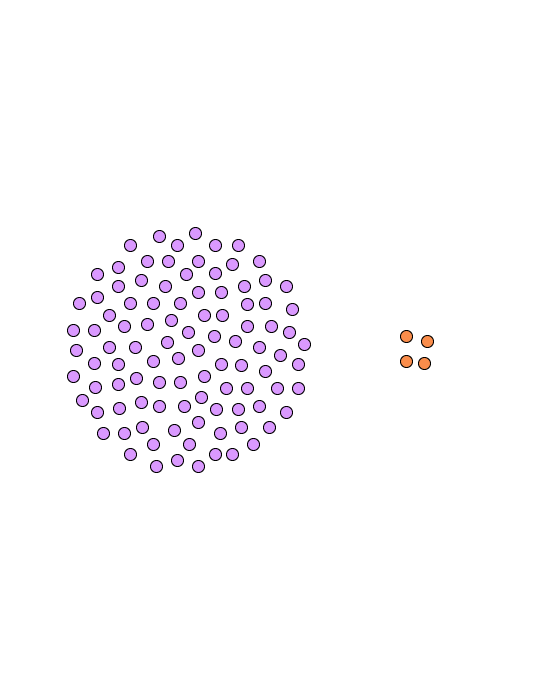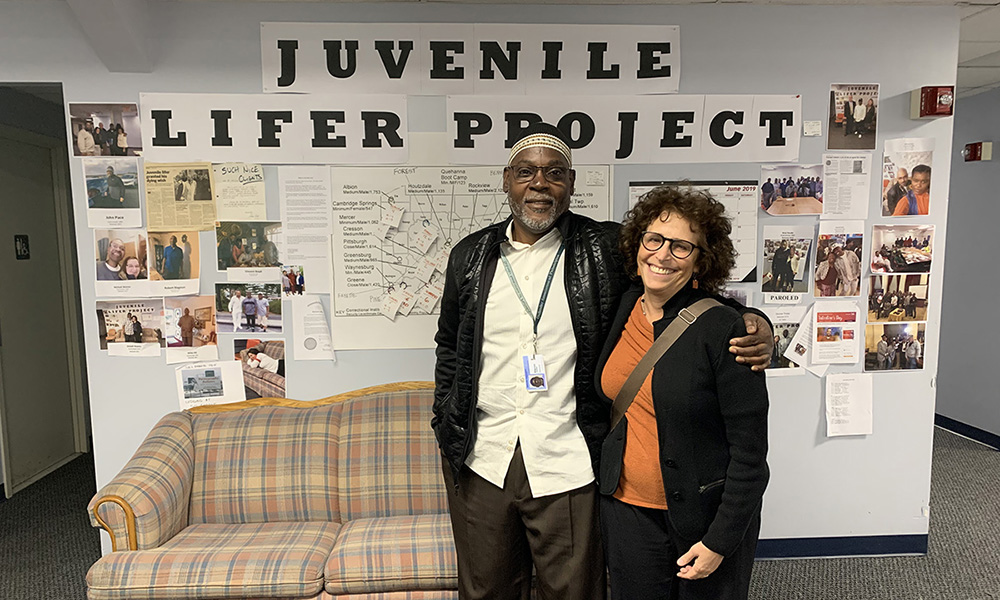By CAMILA VELLOSO
Howard Center for Investigative Journalism
PHILADELPHIA — Joseph Baynes spent 41 years behind bars, locked up at age 17 for his role in a fatal robbery.
Convicted of second-degree murder in 1975, Baynes received mandatory life without parole under Pennsylvania’s stringent sentencing laws.
Because Baynes was a juvenile and his parents weren’t present when police questioned him, he received a new trial in 1976. That time, his earlier statement to the police, which Baynes alleges he was physically coerced to write, was excluded from trial.
But Baynes was again convicted and committed to an adult penitentiary, condemned to die in prison. "I was really petrified," he said.
Baynes was just one of Pennsylvania’s 521 juveniles sentenced to mandatory life without parole for crimes committed before age 18.
The juvenile-lifer population in Pennsylvania began to increase in the 1970s and peaked in the 1990s amid fears of a new generation of criminals, the "superpredators" — a prediction that never materialized.
Examining juveniles sentenced to life by decade
The number of juveniles sentenced to life without parole in Pennsylvania spiked in the '90s, a consequence of tough-on-crime policies and growing fears of "superpredators."
By CAMILA VELLOSO
Data current as of September 2019
Source: Pennsylvania Department of Corrections
Until 2012, mandatory life without parole was the only sentencing option for Pennsylvania’s juvenile offenders convicted of first- and second-degree murder. That year, the U.S. Supreme Court ruled these sentences unconstitutional in Miller v. Alabama. Juvenile justice advocates pushed for federal courts to retroactively apply the Miller ruling in Pennsylvania and for legislators to change the state’s sentencing laws.
In 2012, the Pennsylvania General Assembly passed Senate Bill 850 for juvenile lifers convicted after June of that year. It changed sentencing practices for first- and second-degree murder convictions.
For juveniles under the age of 15, the bill set the minimum sentence for first-degree murder at 25 years to life and 20 years to life for second-degree murder. For those at least 15, but younger than 18, the minimum sentence was 35 years to life for first-degree murder and 30 years to life for second-degree murder.
But the legislation was not retroactive.
That year Juvenile Law Center and the Defender Association of Philadelphia, in Commonwealth v. Cunningham, argued the unconstitutionality of juvenile life-without-parole sentences in Pennsylvania. They said that Miller should apply retroactively to the state’s juvenile lifers.
In October 2013, the Pennsylvania Supreme Court disagreed. It decided that the Supreme Court’s ruling in Miller did not apply retroactively. As a result, Pennsylvania’s juvenile lifers were not entitled to new sentences, and they continued to serve life terms without parole.
"It was a challenging time because we had individuals in Pennsylvania — hundreds of them — who were sitting on their hands. They couldn't move their cases forward," said Marsha Levick, co-founder and chief legal officer of Juvenile Law Center.
"It was enormously frustrating trying to figure out what were our solutions here," Levick said. "We were all trying to do whatever we could think of to find some play around the Pennsylvania Supreme Court's decision."
With no remedy under Miller, juvenile lifers were left waiting until 2016, when the U.S. Supreme Court took up Montgomery v. Louisiana.
On January 25, 2016, Baynes, a self-proclaimed "news buff," was sitting in his bunk at Waymart State Correctional Institution watching C-SPAN, when he learned the U.S. Supreme Court held that the Miller ruling applied retroactively.
"I just kept thinking about my dad," said Baynes, after realizing he could one day be released. "My dad died in ‘09 … he was my rock."
After Baynes was arrested, his father — unable to afford bail — mortgaged his home to hire a private attorney. Baynes was convicted after refusing to take a plea deal for 12½ to 25 years in exchange for testifying against his co-defendant.
Baynes said his father called every week and visited every month. "We built this bond."
On December 22, 2016, at age 59, Baynes was resentenced to 30 years to life. He became eligible for parole, receiving credit for time served.
Prison staffers’ character-reference letters within court documents portrayed Baynes as an "exemplary" inmate prepared to make a "positive contribution to society."
Four months later, Baynes was released.
Age of juvenile lifers at release
Inmates in their 40s and 50s made up the largest wave of juvenile lifers released in Pennsylvania in the years following the 2016 Supreme Court ruling in Montgomery v. Louisiana.
By CAMILA VELLOSO
Data current as of September 2019
Source: Pennsylvania Department of Corrections
The Montgomery decision prompted more changes to Pennsylvania’s procedural requirements in juvenile cases.
In 2017, Pennsylvania’s Supreme Court declared in Commonwealth v. Batts that to impose a sentence of life without parole, the state must prove that a juvenile offender is "permanently incorrigible and that rehabilitation would be impossible."
"When you place the burden on the prosecutor, it is going to be harder to impose life without parole," said Levick, who argued before the court on behalf of defendant Qu’eed Batts. "Rare and uncommon has to mean something."
After that ruling Philadelphia County alone resentenced, in 304 cases, more than half of the state’s juvenile lifer population.















